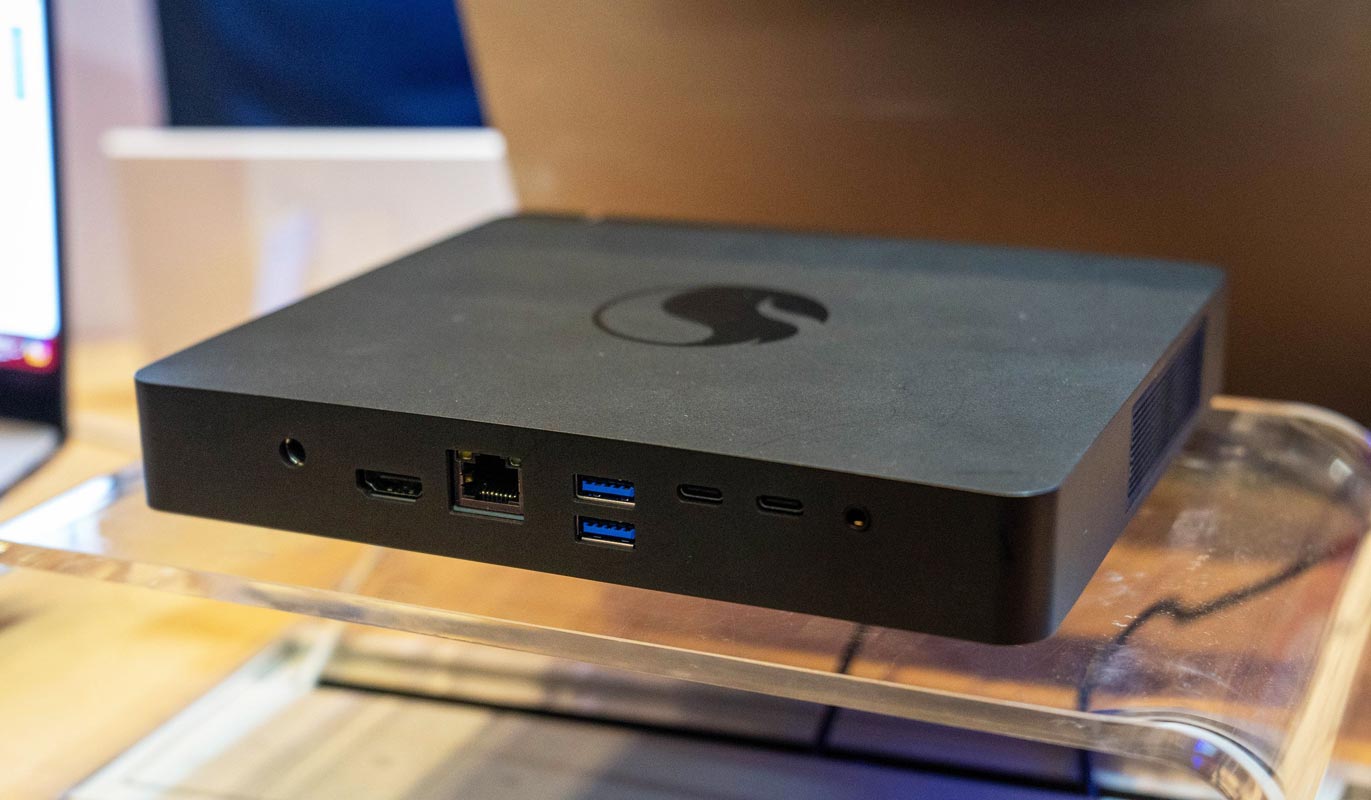The announcement that Qualcomm has scrapped its Snapdragon Dev Kit has sent shockwaves across the tech development community. While many were hopeful about this product’s role in pushing Windows on Arm development forward, Qualcomm’s decision has left developers wondering what went wrong. In this detailed article, we explore the events leading up to the cancellation, the reasons Qualcomm cited for this move, and what this means for the future of Snapdragon-powered devices.

The Initial Hype: Why the Snapdragon Dev Kit Was Important
Qualcomm’s Snapdragon Dev Kit was excitedly introduced, especially given its promise to help developers create apps for Windows on Arm. With Microsoft and Qualcomm making significant investments in the development of Arm64-native applications, the kit was seen as a critical enabler for this transition. Several significant apps, including Google Chrome, NordVPN, and ExpressVPN, had already adopted Arm64, marking the beginning of what many hoped would be a substantial shift towards Windows on Snapdragon laptops.
The Snapdragon X Elite chipset, which powers several premium laptops, was positioned as the next generation of mobile computing. It boasted high efficiency and performance, targeting developers and enthusiasts eager to push the boundaries of what Windows on Arm could achieve. But despite the hype, the Snapdragon Dev Kit would soon face hurdles Qualcomm found impossible to ignore.
Why Qualcomm Scrapped the Snapdragon Dev Kit
On the surface, the decision to cancel the Snapdragon Dev Kit seems abrupt, but Qualcomm was clear in its reasoning. The company stated that the product did not meet its “usual standards of excellence.” This was a severe admission in a world where Qualcomm is renowned for high-performance products. While no specifics were given, it’s clear that Qualcomm had set a very high bar for the kit’s success, and it fell short.
Qualcomm assured early adopters and developers who had preordered the kit that they would receive refunds, even if they had already received their units. This unusual step further highlights the severity of the kit’s shortcomings. Rather than allowing subpar performance to tarnish its brand, Qualcomm made the tough decision to scrap the project entirely.
What the Snapdragon Dev Kit Was Supposed to Accomplish
The Snapdragon Dev Kit was not just another mini PC; it had its own Snapdragon X Elite SKU. This chipset variant dubbed the Snapdragon X Elite X1E-00-1DE, clocked its boost cores at 4.3GHz, faster than other X Elite models, making it uniquely powerful among Snapdragon-powered devices.
The kit allowed developers to experiment with an optimized version of Snapdragon designed explicitly for Windows applications. With the promise of high performance, energy efficiency, and seamless integration with the Snapdragon X Elite ecosystem, the dev kit was expected to play a vital role in driving the adoption of Arm64-native applications.
But with its cancellation, that momentum has been lost, leaving developers needing the vital tools they expected.
The Broader Context: Qualcomm’s Push for Windows on Arm
While canceling the Snapdragon Dev Kit is undoubtedly a setback, it does not mark the end of Qualcomm’s ambitions for Windows on Arm. Qualcomm has been working closely with Microsoft to make Windows on Snapdragon a viable alternative to traditional x86 computing.
Several significant apps, including Google Drive, NordVPN, and ExpressVPN, have been ported to Arm64, and Qualcomm’s Snapdragon X Elite chipset is already powering several premium laptops, including the Surface Pro 11, Dell XPS 13, and Lenovo Yoga Slim 7x.
These developments demonstrate that while the Snapdragon Dev Kit may have faltered, the overall push towards Windows on Snapdragon is still alive and well. Qualcomm’s upcoming Snapdragon Summit will shed more light on the company’s plans, including what comes next for desktop PCs and mobile computing.
Competing Technologies: The Rise of Intel and Lunar Lake
While Qualcomm has been pushing its Snapdragon X Elite as the next big thing in mobile computing, Intel has also made moves with its Lunar Lake architecture. Designed to offer significant improvements in energy efficiency, Lunar Lake is seen as Intel’s response to the growing popularity of Arm-based chips in mobile computing.
Though Intel has yet to deliver on all its promises, the competition between Snapdragon X Elite and Lunar Lake is intensifying. Both chipsets target the same market: laptops that offer the perfect balance of power and efficiency. This competition is good news for consumers, as it will likely lead to innovations and improvements in Arm-based and x86 computing platforms.
What Comes Next for Qualcomm
Despite the cancellation of the Snapdragon Dev Kit, Qualcomm remains committed to the development of Snapdragon-powered devices. CEO Cristiano Amon has confirmed that Snapdragon X-series mini PCs are still on the way, though Qualcomm will not make them directly. Instead, Qualcomm is focused on working with OEMs to bring Snapdragon-powered devices to the market.
This strategic shift is likely an effort to avoid the same pitfalls that plagued the Snapdragon Dev Kit. By working with OEMs, Qualcomm can focus on what it does best—developing cutting-edge chipsets—while leaving the hardware development to companies with more experience in consumer devices.
A Bump in the Road, Not the End of the Journey
Canceling the Snapdragon Dev Kit is undoubtedly a setback for Qualcomm’s Windows on Arm ecosystem ambitions. However, it’s important to remember that this is just one piece of a much larger puzzle. Qualcomm remains committed to pushing the boundaries of Arm64 computing, and the continued development of Snapdragon X-series devices demonstrates that this vision is still alive.
While the Snapdragon Dev Kit may not have met Qualcomm’s high standards for its products, the company’s willingness to pull the plug and refund developers suggests it’s serious about maintaining its reputation for excellence.
As the competition between Snapdragon X Elite and Intel’s Lunar Lake heats up, we expect to see even more innovations in the mobile computing space. And with Qualcomm’s Snapdragon Summit just around the corner, we may soon glimpse what’s next for Windows on Snapdragon.

Selva Ganesh is the Chief Editor of this Blog. He is a Computer Science Engineer, An experienced Android Developer, Professional Blogger with 8+ years in the field. He completed courses about Google News Initiative. He runs Android Infotech which offers Problem Solving Articles around the globe.



Leave a Reply